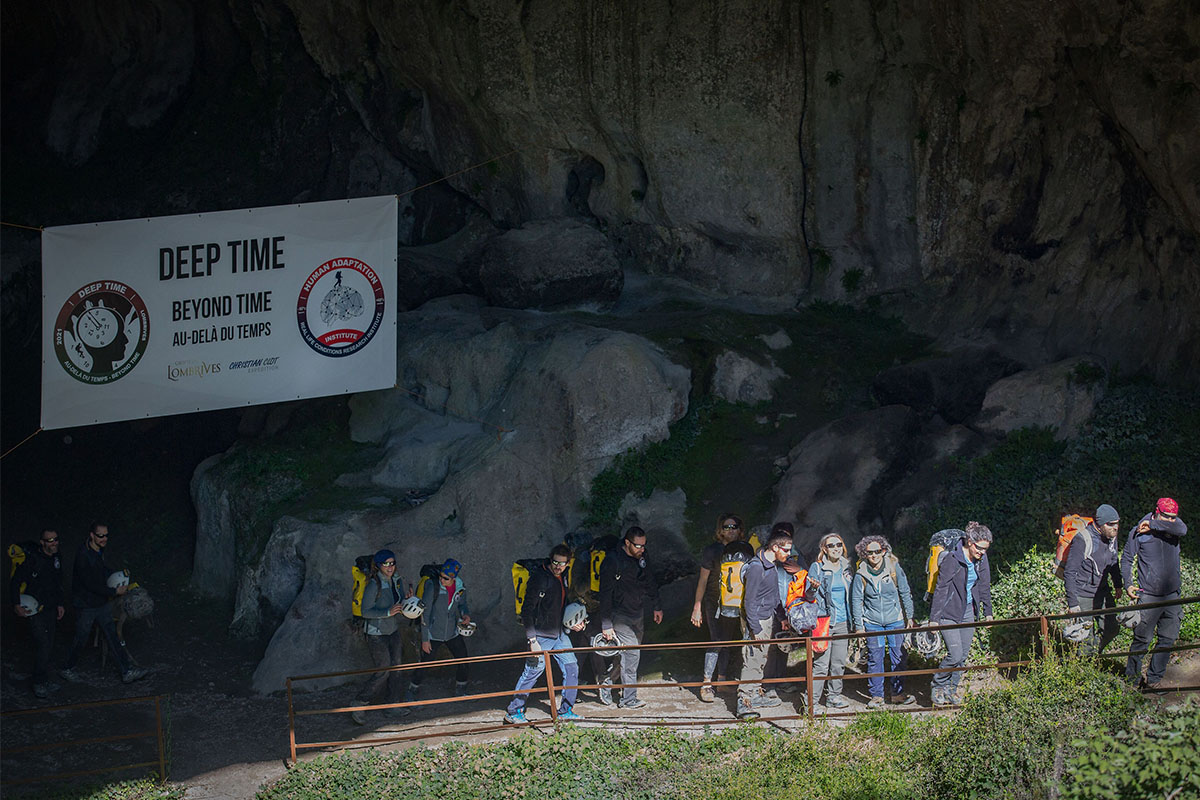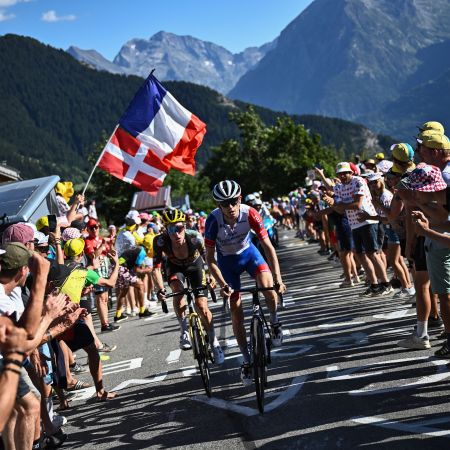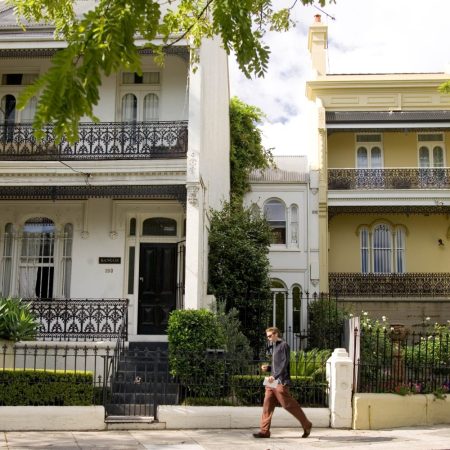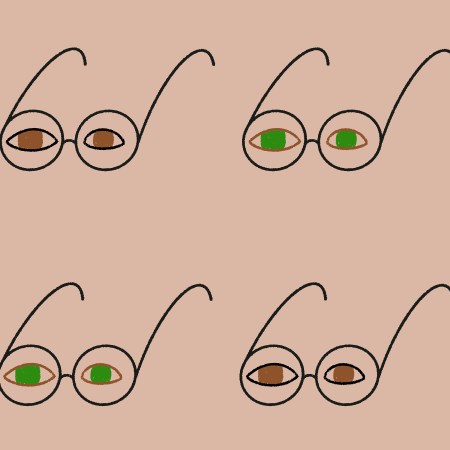During the quarantine era, it’s become customary for people to describe their homes as prison cells. Over the last year many of us spent too much time inside — sharing uncomfortably close quarters with others, missing out on sunlight and disrupting our circadian rhythms. But that experience doesn’t hold a candle to the experiment that was just completed in Ussat les Bains, France.
Earlier this week, 15 men and women shuffled out of Lombrives Cave, sunglasses on, eager to see the outside world for the first time in 40 days. They were volunteers in a $1.5 million project called Deep Time, put on by laboratories in France and Switzerland, which sought out to learn more about how people adapt to drastic changes in their environment. Lombrives would qualify as “drastic” — underground, the subjects saw absolutely zero sunlight, had to adjust to a base temperature of 50 degrees Fahrenheit, and were completely isolated from friends and family.
This sort of experiment has wide-ranging implications. For now, it can be studied to fine-tune the living conditions of workers in mines or on submarines; in the future, its revelations could help us plan long voyages into outer space. Today’s biggest takeaway, though? Our internal clocks seriously struggle without the influence of the sun. The volunteers were kept in the cave for 40 days (they weren’t made aware of the number ahead of time), and after, were asked to estimate how much time they’d spent down there.
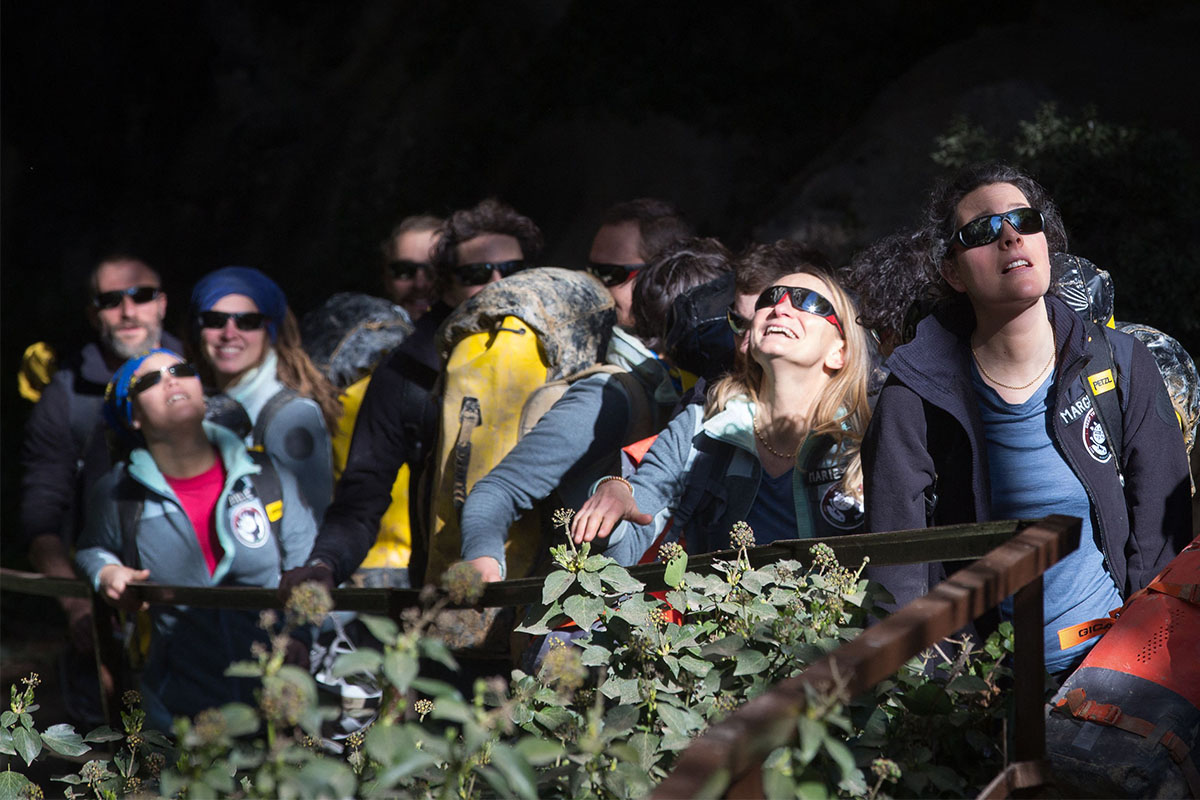
Amazingly, they were convinced they’d spent just 30 days in the cave. Their brains couldn’t account for over 200 hours of time. The volunteers marked the “end” of each day based on when they went to sleep, but as they lost a grip on time, they started going to bed later and later. By the end, their days lasted over 30 hours. One team member, who seems to have had an especially hard time in Lombrives (similar to people running full marathons on their balconies, he started running a 10K around the outer ring of the cave each day), was out of sync with the rest of the crew. His days were over 40 hours long, and when he got out, estimated the time spent as just 23 days.
In studying chronic insomnia, somnologists have long stressed the importance of “external and environmental cues” on a healthy day-to-day rhythm. When those cues are warped, sleep-wake timing can be thrown completely out of whack. In the short-term, energy levels wane. In the long-term, immune systems can crumble. It’s unclear exactly how the scientists will use this data — they had body trackers on all the participants throughout the 40 days — but it can only help in the effort to unpack the mystery of our biological clocks.
As for the volunteers, some of them have stressed taking some time before they check their phones. According to The Guardian, one team member said she’ll avoid her smartphone for at least a few more days to avoid a “too brutal” return to regular life.
The Charge will help you move better, think clearer and stay in the game longer. Subscribe to our wellness newsletter today.
